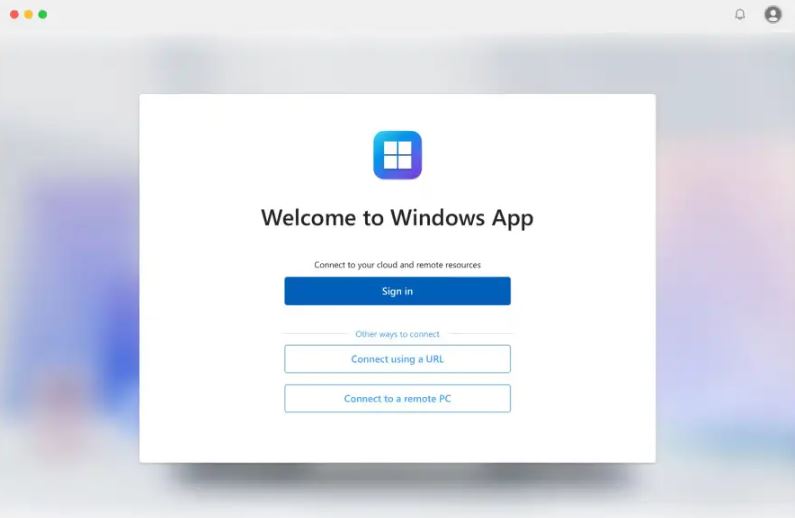Just a few months after unveiling the official Windows app for macOS, iOS, and other platforms, Microsoft has confirmed that its launch is approaching. The official app will enable you to access Windows from a Mac, iPhone, or iPad without the need to install the operating system. This solution eliminates the necessity of using Boot Camp or any other additional program.
Please follow us on Facebook and Twitter.
According to a post on the Windows IT blog, the app is “the gateway to securely connecting to Windows” on any device or application. The client facilitates access to the operating system from the cloud and introduces several features, including support for multiple monitors and customization of the start screen.
The Windows app for macOS and iOS will replace the remote desktop client. Microsoft states that this update will offer the same user experience while integrating additional features. Practically, users will be able to work on a computer and continue later on an iPhone or Mac without interruptions, as all versions of the app will share the same functions.
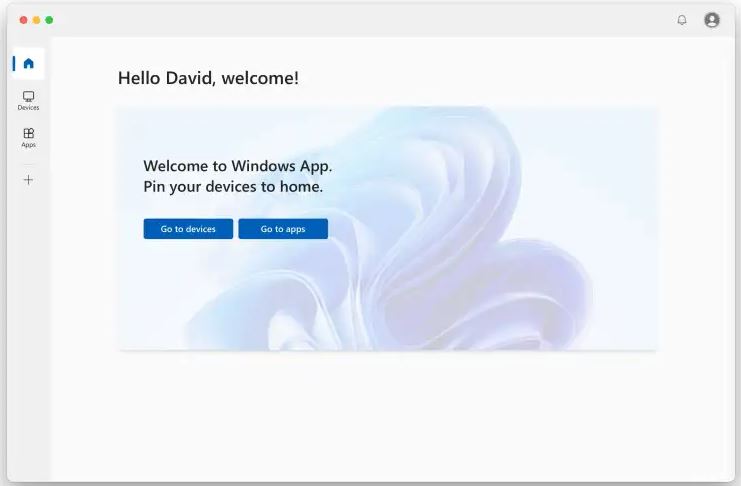
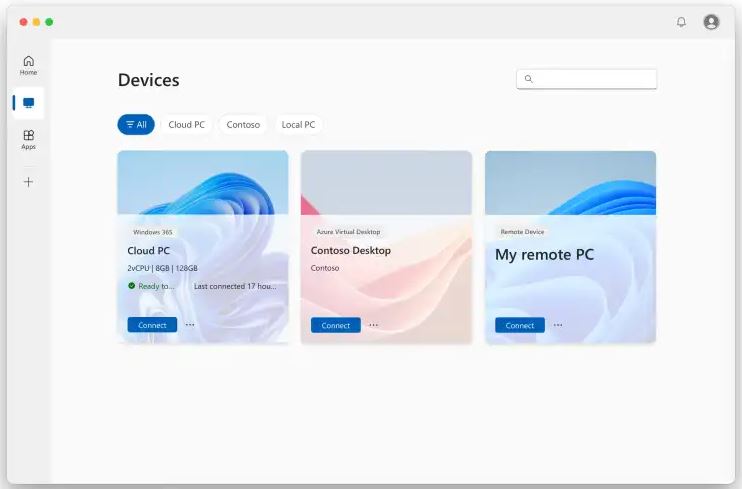
The Windows app is currently in the testing phase and can be used on a broad range of devices. Its features include support for multiple displays, custom screen resolution, device redirection, and more. The latter is particularly important, as it allows users to access a webcam or hard drive connected to another computer remotely.
Minimum requirements include a computer running macOS 12.0 (Monterey) or higher, iOS or iPadOS 16.0 or later, and internet access. For connectivity, users will be able to access a remote PC, Windows 365, Microsoft Dev Box, and Azure virtual desktops.
Read Also: Microsoft Enhances Windows 11 Compatibility for Apple’s Mac
Native Windows or in an App?
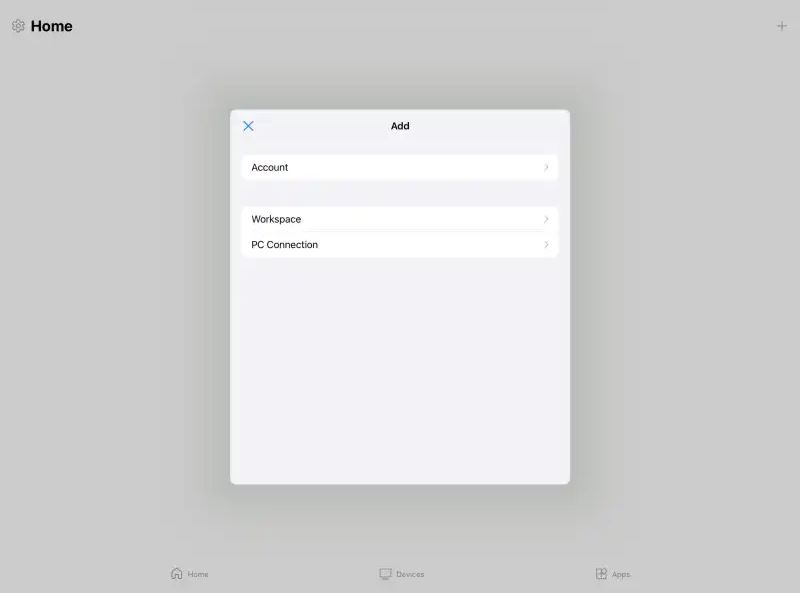
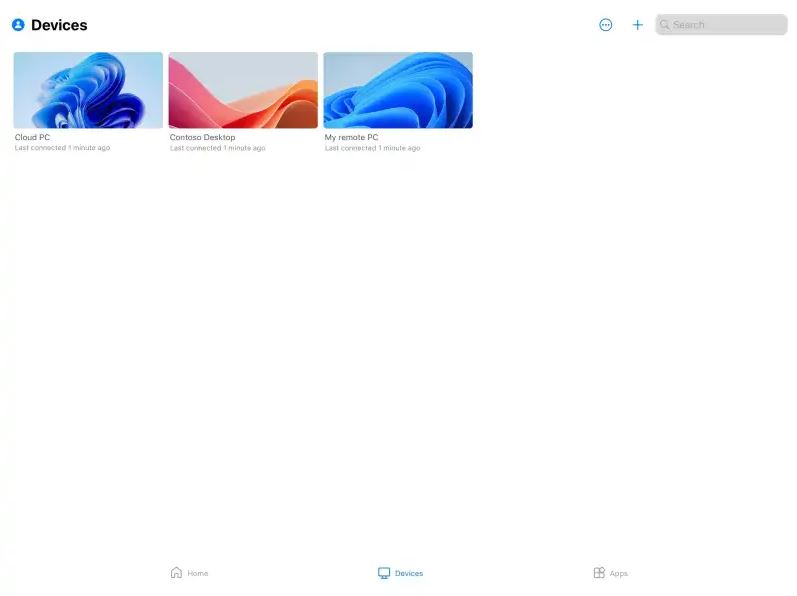
It is well-known that Microsoft is focused on bringing its apps and services to as many devices as possible. The most obvious example is Xbox, which launched Game Pass on Amazon’s Fire Stick with the slogan “you don’t need a console to play Xbox.” With Windows and Office, the strategy is similar, though it does not apply to all users.
Microsoft offers cloud versions of Windows for business customers. This alternative is intended for those seeking portability or who do not need to establish a network with physical computers. The technology ensures that the user experience remains consistent regardless of the device.
Unfortunately, the cloud version of Windows is not available to end consumers, who will continue to rely on the native client. This could change soon if Microsoft chooses to extend this strategy to the general public. It is likely that, in a few years, we may pay to access Windows similarly to how we subscribe to Netflix, Spotify, and other services.
The Windows app is set to debut this fall on macOS, iOS, and the web. For Android, Microsoft has confirmed that a public preview will be released later this year.

